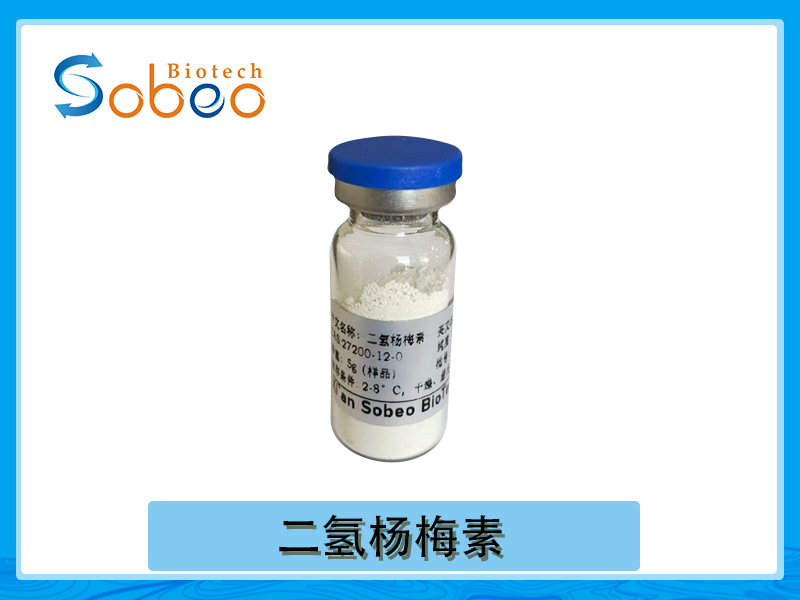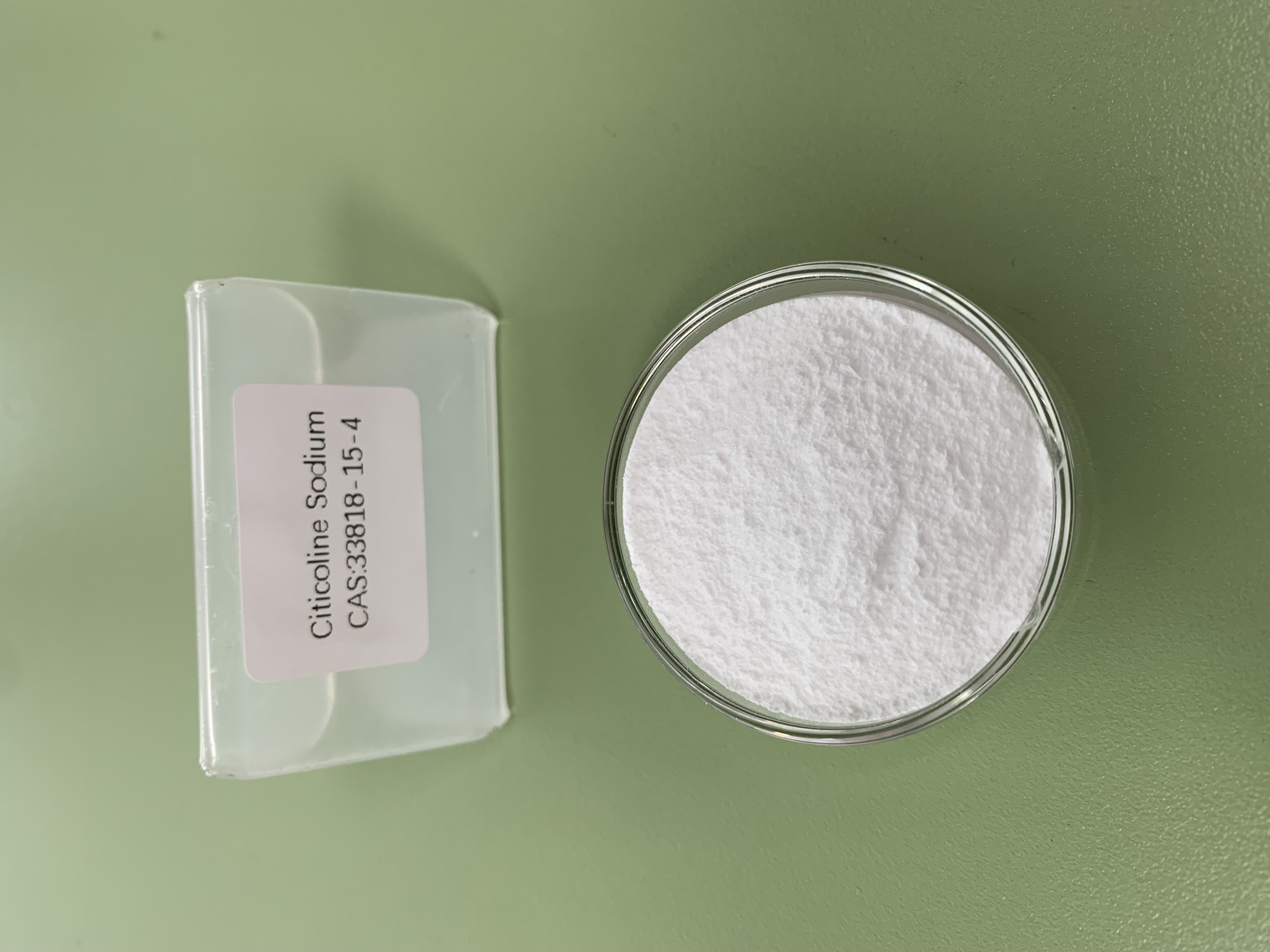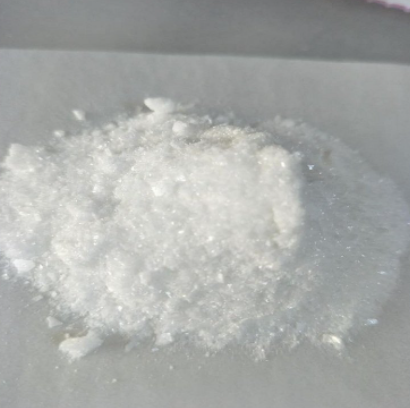Pharmaceutical Raw Materials
Veterinary API
Antiallergic Drugs
Hormones and Endocrine Drugs
Drug Metabolism
Pharmaceutical Intermediates
Synthetic Anti Infective Drugs
Specialty Drugs
Vitamins and Minerals Medicines
Feed Drug Additive
Antineoplastic Agents
Nervous System Drugs
Respiratory Drugs
Diagnostic Agents
Anti Stress Drugs
Antipyretic Analgesics
Antiparasitic Drugs
Circulatory System Drugs
Biochemicals
Blood System Drugs
Immune System Medication
Pharmaceutical Excipients
Fluid, Electrolyte, and Acid-Base Balance
Urinary System Drugs
Antibiotics
Anesthetic Agents
Inhibitors
Other Chemical Drugs
Digestive System Drugs
CAS:131-48-6
Molecular Formula:C11H19NO9
Alias
More Information
Aceneuramic acid; N-Acetyl-D-Neuraminic acid; NANA; 5-Acetamido-3,5-Dideoxy-D-Glycero-D-Galactononulosonic acid; Sialic acid; NANA TYPE IV-S; Lactaminic acid; NAN; NANA TYPE VI; Sialomucin; NEU5AC
Brief Introduction
N-acetylneuraminic acid is the most widely distributed in nature, mainly composed of glycoprotein, glycolipid or bacterial capsule substance in animal cell membrane or secretion liquid. Sialic acid is a carbohydrate widely existing in nature, and also a basic component of many glycoproteins, glycopeptides and glycolipids. It has a wide range of biological functions, such as the regulation of half-life of blood protein, neutralization of various toxins, cell adhesion, immune antigen antibody reaction and protection of cell dissolution. The biochemical derivatives of sialic acid are also commonly used in the synthesis of drugs.
Suppliers
View More Vendors (2) >
CAS:27200-12-0
Molecular Formula:C15H12O8
Alias
More Information
Ampelopsin E; (2R,3R)-3,5,7-Trihydroxy-2-(3,4,5-Trihydroxyphenyl)-2,3-Dihydrochromen-4-One; 3,5,7,3',4',5'-Hexahydroxy-2,3-Dihydroflavone; (2R,3R)-Dihydromyricetin; (2R,3R)-3,5,7-Trihydroxy-2-(3,4,5-Trihydroxyphenyl)-2,3-Dihydrochromen-4-One Ampelopsin Dhm; Flavanone,3,3',4',5,5',7-Hexahydroxy; 3,5,7,3',4',5'-Hexahydroxy-2,3-Dihydroflavonol; Ampelopsin; Ampeloptin; 3,3',4',5,5',7-Hexahydroxy-2,3-Dihydroflavanonol; Rac-Ampelopsin; 2,3-Dihydro-3,5,7-Trihydroxy-2-(3,4,5-Trihydroxyphenyl)-4H-1-Benzopyran-4-On; 3,3’,4’,5,5’,7-Hexahydroxy-2,3-Dihydroflavanonol; 3,3’,4’,5,5’,7-Hexahydroxy-Flavanon; Dihydromyricetin, From Myrica Rubra; Two Hydrogenmyricetin; (2R,3R)-3,5,7-Trihydroxy-2-(3,4,5-Trihydroxyphenyl)Chroman-4-One
Brief Introduction
Ampelopsin, also known as dihydromyricetin, is a flavanonol, a type of flavonoid. It is found in the Ampelopsis species japonica, megalophylla, and grossedentata; Cercidiphyllum japonicum; Hovenia dulcis; Rhododendron cinnabarinum; some Pinus species; and some Cedrus species, as well as in Salix sachalinensis.
Hovenia dulcis has been used in traditional Japanese, Chinese, and Korean medicines to treat fever, parasitic infection, as a laxative, and a treatment of liver diseases, and as a hangover treatment. Methods have been developed to extract ampelopsin from it at large scales, and laboratory research has been conducted with the compound to see if it might be useful as a drug in any of the conditions for which the parent plant has been traditionally used.
In a trial of sixty patients with fatty liver disease dihydromyricetin improved glucose and lipid metabolism and exerted anti-inflammatory effects which were beneficial.
Suppliers
View More Vendors (2) >
CAS:33818-15-4
Molecular Formula:C14H25N4NaO11P2
Alias
More Information
Cdp-Choline-Na; Cytidine 5′-Diphosphocholine Sodium Salt; Citicoline Sodium Salt; Cytidine 5‘-Diphosphocholine Sodium Salt Hydrate; Citicoline Sodium Salt Hydrate; Cytidine 5′-Diphosphocholine Sodium Salt Dihydrate
Brief Introduction
Citicoline is a kind of nucleic acid derivative. In 1956, Geiger found that citicoline can make brain injury recover; Kennedy's research in 1957 confirmed that it was very important in the synthesis of brain phospholipids. In 1961, Takeda pharmaceutical company of Japan developed and produced this product, which was registered in China in 1988. It plays an important role in the synthesis of lecithin and improves brain function by promoting the synthesis of lecithin. Experiments have shown that citicoline can enhance the levels of norepinephrine and dopamine in the central nervous system, so as to treat cerebrovascular disease, brain trauma and cognitive impairment caused by various reasons, and has no obvious side effects. Citicoline sodium can enhance the brain stem reticular formation, especially the ascending reticular formation closely related to consciousness, activate the function of the system, enhance the role of the pyramidal system, inhibit the role of the extrapyramidal system, and promote recovery. At the same time, it can reduce cerebral vascular resistance, increase cerebral blood perfusion and promote cerebral material metabolism. It is mainly used in the treatment of neurological sequelae caused by brain injury and cerebrovascular accident, and can be used in the treatment of Parkinson's disease, and has certain curative effect on Alzheimer's disease; For the treatment of cerebrovascular and cardiovascular diseases; Others, such as delaying aging, improving learning effect and memory, also have certain curative effect.
Suppliers
View More Vendors (2) >
CAS:3387-36-8
Molecular Formula:C9H11N2Na2O9P
Alias
More Information
Disodium 5'-Uridylate; Uridine-5'-Monophosphate Disodium Salt; 5'-Uridylic Acid, Disodium Salt; 5'-UMP,2Na; UMP-Na2; Uridine-5'-Phosphoric acid Disodium salt; Uridine-5'-Monophosphoric acid, Disodium salt
Brief Introduction
It can be used as seasoning.
It can be used as an adjuvant for liver disease.
It can be used as intermediate of nucleic acid medicine, health food and biochemical reagent.
Suppliers
View More Vendors (2) >
CAS:41468-25-1
Molecular Formula:C8H12NO7P
Alias
More Information
Pyridoxal 5'-Phosphate Monohydrate; 5-Phosphate Monohydrate; Pyridoxal-5-Phosphate H2O; Phosphopyridoxalmonohydrate; Pyridoxal 5-Phosphate; Codecarboxylase Monohydrate; 3-Hydroxy-2-Methyl-5-([Phosphonooxy]Methyl)-4-Pyridinecarboxaldehyde; Pyridoxylphosphatemonohydrate; Plp; Pyridoxal-5-Phosphateextrapure; Codecarboxylase; Pyridoxal 5-Phosphate Monohydrate; 3-Hydroxy-2-Methyl-5-((Phosphonooxy)Methyl)-4-Pyridinecarboxaldehydemonohydr; 3-Hydroxy-2-Methyl-5-((Phosphonooxy)Methyl)-4-Pyridinecarboxaldehydmonoh; 3-Hydroxy-5-(Hydroxymethyl)-2-Methylisonicotinaldehyde5-Phosphatemonohydrat; Pyridoxal,5-(Dihydrogenphosphate),Monohydrate; Codecarboxylase, Plp, Pyridoxal 5-Phosphate, 3-Hydroxy-2-Methyl-5-([Phosphonooxy]Methyl)-4-Pyridinecarboxaldehyde
Brief Introduction
Pyridoxal 5'-phosphate is a multifunctional coenzyme involved in the metabolism of amino compounds. Enzymes with pyridoxal phosphate as coenzyme factor are called PLP dependent enzymes. They play an important role in the metabolism of sugars, lipids and amino acids. It is mainly the biosynthesis of amino acids and biomolecules, such as neurotransmitters serotonin, dopamine, epinephrine, norepinephrine γ- Aminobutyric acid and histamine. Pyridoxal 5-phosphate is an intermediate of organic synthesis and medicine. It can be used as a biochemical reagent in the process of organic synthesis in the laboratory and the research and development of chemical medicine.
Suppliers
View More Vendors (2) >
Inquiry (
10
/ 10
)
Clear All
Sign In
Error!









